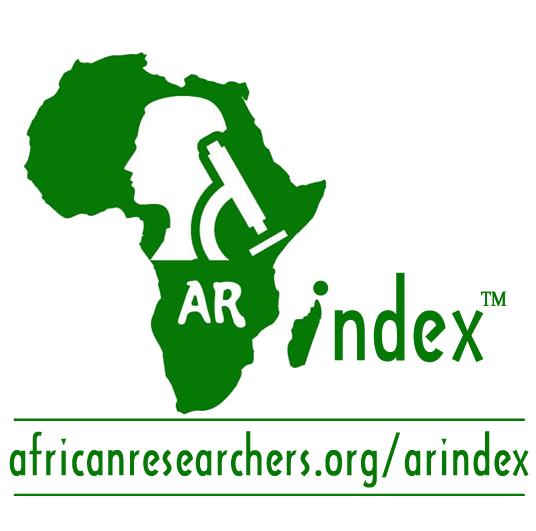HAZARDOUS WASTE MANAGEMENT THROUGH OBJECT DETECTION USING COMPUTER VISION
Keywords:
Hazardous Waste Management, Sanitary waste management, Computer vision, Object detection, Object classification, Faster R-CNN, Environmental PollutionAbstract
The management of hazardous waste is a global challenge, with approximately 1.5 billion tons of municipal solid waste generated annually, projected to reach 2.2 billion tons by 2025. Developing nations, including Nigeria, face significant issues with improper waste disposal, contributing to severe environmental hazards. Nigeria alone generates 2.4 million tons of hazardous waste each year, much of which ends up in landfills, waterways, and incinerators. Among these, sanitary pads and baby diapers contain non-biodegradable compounds such as dioxins and furans, which persist in the environment for centuries and release toxic emissions when burned. This research presents an automated waste detection system using Faster R-CNN implemented in Detectron2. A dataset of 5,000 images was collected, pre-processed, and split into training 70%, validation 15%, and testing 15% sets. The Faster R-CNN X101, R100, and R50 models were trained and evaluated, with Faster R-CNN X101 achieving the highest accuracy of 98%. The results demonstrate the effectiveness of deep learning in sanitary waste classification and its potential for improving waste sorting and environmental sustainability.
Downloads
Published
How to Cite
Issue
Section
License
Copyright (c) 2025 Karofi Aliyu Dahiru , zsani, Ahmad Jamilu Bishir

This work is licensed under a Creative Commons Attribution 4.0 International License.






